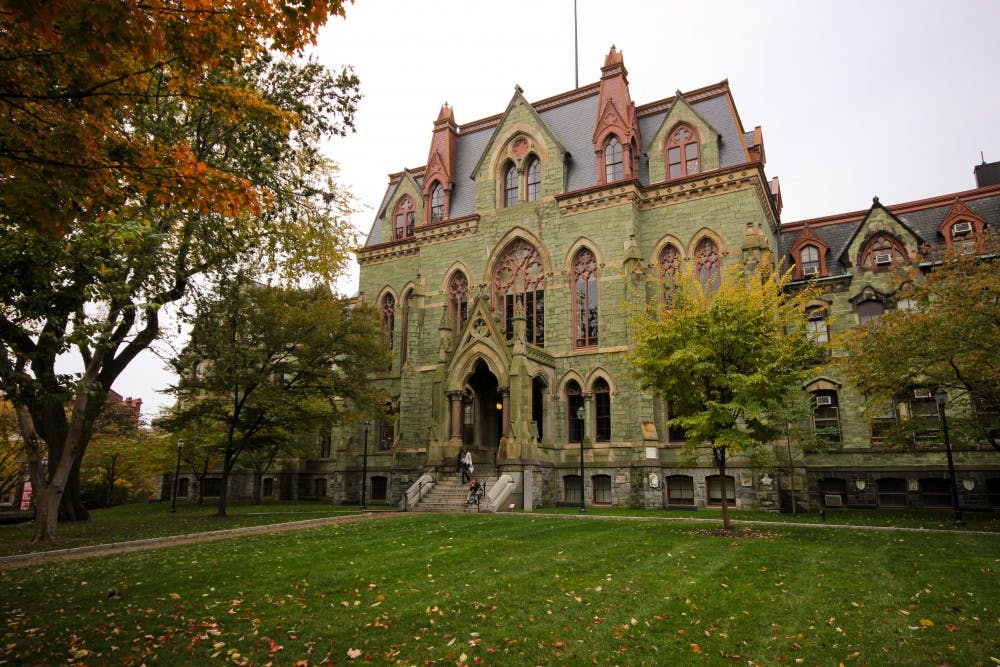
Penn doctoral student and Pitt dean discusses diversity on campus following racist GroupMe messages.
Credit: Luke ChenKenyon Bonner, vice provost and dean of students at the University of Pittsburgh, is currently pursuing his doctorate degree in the Graduate School of Education and recently published an article on diverseeducation.com about approaching diversity on college campuses in a new way.
The Daily Pennsylvanian spoke with Bonner about diversity on college campuses in light of the recent GroupMe messages that targeted freshmen students of color.
DP: What is your perspective on diversity on college campuses?
KB: My perspective is that maybe college students are not, in fact, coddled and unable to deal with diversity, as some critics have suggested. Maybe it’s the fact that college campuses are more diverse now. As a result, students on campuses are now dealing with the intersection of many different people in larger numbers than they ever have had before. As a result, university policy should change to address the increase in diversity with a more student-based approach.
DP: What is your view on the situation at Penn regarding the racist GroupMe that black freshmen were added to? Do you agree with the actions taken at Penn to address the needs of the students?
KB: I can’t address how Penn administration has handled the situation. As a graduate student, one of the things that I experienced on my end was that the University appeared to be communicating with the students as to what was happening. The most important thing that a university can do in these situations is to reaffirm its values to its community to denounce behavior that is discriminatory, hateful, racist, threatening — anything that is a threat to [Penn’s] values.
In this situation, the university needs to provide a place for the students to go so that the feel comfortable and a place where the students feel safe, in order to reassure their safety and the commitment the University has to their protection. All these elements are what a university should do in this situation to address the needs of minorities in today’s more diverse college campuses.
DP: For a college administrator, what is the best way to deal with a racially-charged situation that targets minorities in the setting of a college campus?
KB: Part of the responsibility of the university is to listen to the student and address their concerns seriously. I believe that the university has a responsibility to address the concerns of their students. Students are in a place where they feel how they feel, so the university cannot acknowledge that [the students] are upset or fearful in this situation.
[University administration] needs to listen and pay attention to what the students are saying. [The university] also has the responsibility to respect their students so if there is a situation on campus that is threatening faculty of staff of violating law or creating an environment that is inconsistent with the values of the institution, the university has a obligation to make sure that these issues are addressed.
DP: Looking forward, how do we increase awareness?
KB: I think when we talk in terms of the diversity of college campuses, which is important because college campuses should be representative of a variety of people and different races, gender orientation and cultures, inclusion is critical. When people in the community of the college campuses feel connected and feel like they belong, they will feel valued.
There is just as much importance in bringing in a diverse group as there is to making them feel like these students are a part of a diverse community.
I think the most critical components are to welcome the diversity on campus, validate the students, make sure these students are safe and then continue the work of making the campus a place that upholds these values.
This interview has been lightly edited for length and clarity.
The Daily Pennsylvanian is an independent, student-run newspaper. Please consider making a donation to support the coverage that shapes the University. Your generosity ensures a future of strong journalism at Penn.
Donate



